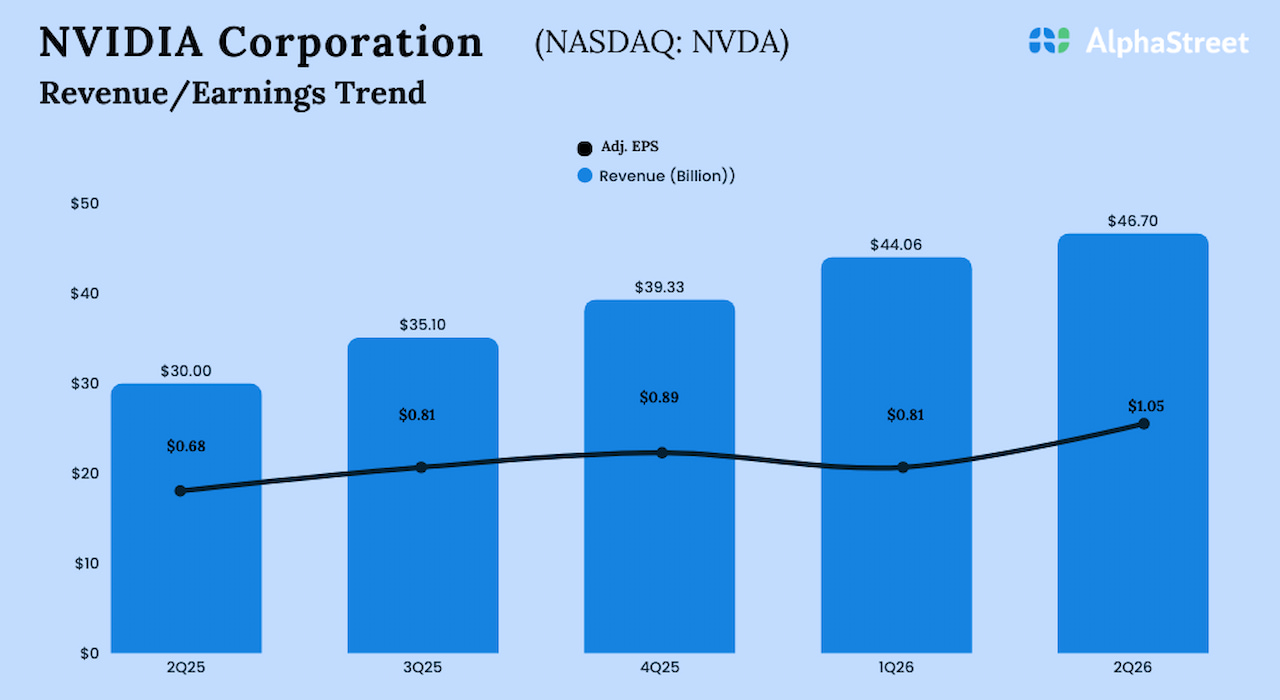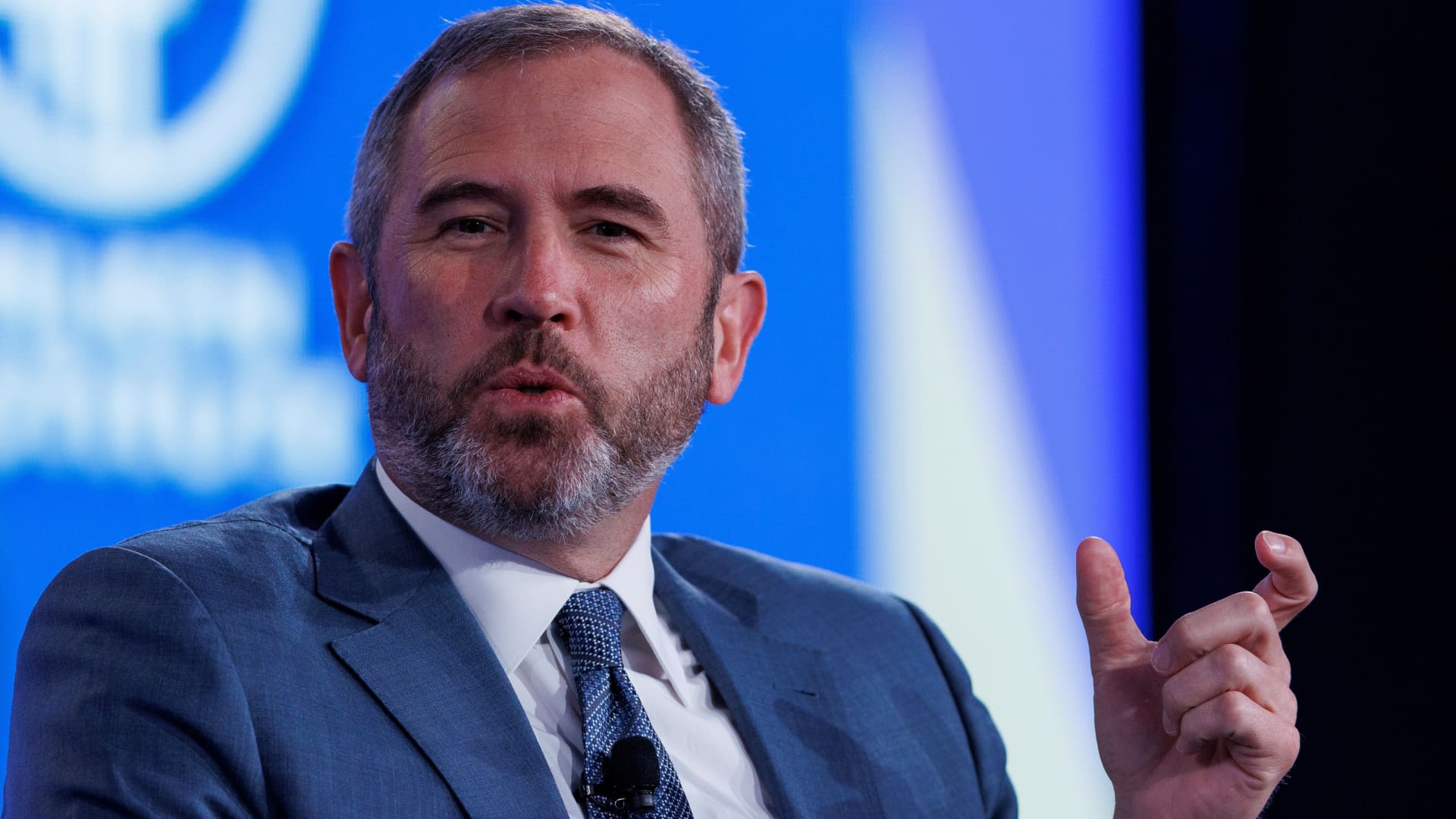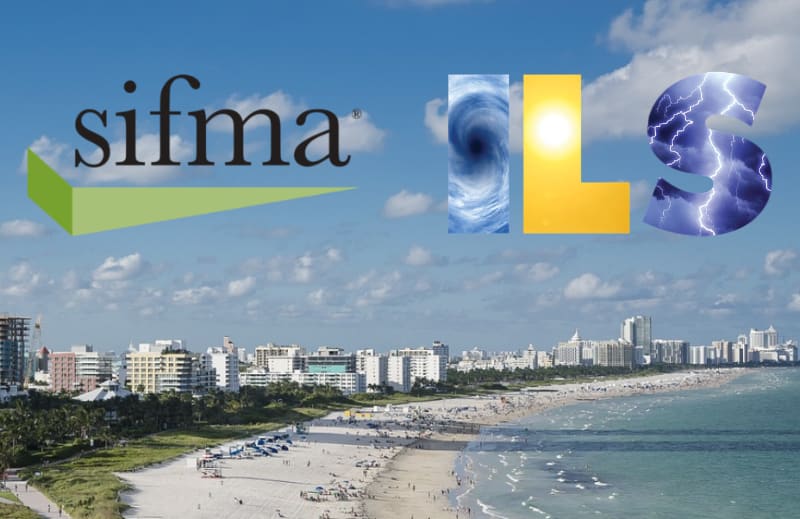The insurance-linked securities (ILS) investment community is confident in the ability of the catastrophe bond segment to continue growing, with all the fundamentals said to currently be in place for the cat bond market to experience its first $20 billion issuance year in 2024.
Speakers from investment managers present at the 2024 SIFMA ILS conference in Miami yesterday, highlighted the fact catastrophe bonds remain historically attractive at this time, but appeared keen to see a floor on pricing introduced.
Spread tightening has been a feature of conversations at the annual ILS market gathering in Miami, with the majority of investors seemingly still happy with where spreads are today, but cautioning of the need for discipline to be maintained.
But, with demand for risk transfer and reinsurance capacity still high, while investor appetite is rising and cat bond spreads still look very attractive relative to other comparable asset classes, ILS investment managers are hoping for another strong year of market expansion.
In a panel session moderated by Jean-Louis Monnier, Head ILS at Swiss Re’s Alternative Capital Partners, the panellists all from specialist ILS managers or asset managers allocating to the space, were positive on cat bond market fundamentals.
Stephan Ruoff, Co-Head of Private Debt & Credit Alternatives (PDCA) and Chairman of Insurance Linked Securities (ILS)
at Schroders Capital, began, “I’d say the fundamentals of ILS investing, they remain. It remains a de-correlated asset class, it’s been around for more than 20 years and it’s a great fixed income alternatives.
“2023 obviously helped us a lot in terms of highlighting what performance is possible in this asset class and it certainly boosted the confidence of a lot of investors and attracted also new investors.
“Now, what’s also remarkable is, when you look at ILS as a fixed income alternative, you see that at the moment versus high- yield bonds or investment grade bond investing, we have a real spread differential, which highlights again, the attractiveness.
“Going forward, we have seen some spread tightening, but we believe it’s still a very conducive environment because the fundamentals will not go away.
“We are still at spread levels that are historically very high, which I think creates a great environment for investors to continue to believe in the asset class, hence we believe that we will see more inflows.”
Chin Liu, Managing Director, Director of ILS, Fixed Income Solutions and Responsible Investment Research at Amundi US, noted that returns are still considered attractive and also supporting market expansion, “The current yield environment, I think the Swiss Re cat bond index right now is at about 13% yield, more or less. That means, if our investors don’t seek a return of dividend or capital the industry will grow at that low double-digit pace, even without raising additional capital.
“So I think that probably offers a lot of potential again for the sponsor to stress, the market is naturally growing.”
Lorenzo Volpi, Deputy CEO and Managing Partner at Leadenhall Capital Partners LLP, followed by saying that, “Also the switch of interest to more liquid alternatives, has played a big role.
“There’s definitely been a search for more liquidity, which cat bonds help in that sense and there had been a big focus on private asset classes, but in some parts of the world there’s been a switch to more liquid investments.”
Volpi also explained that the spread of cat bonds remains significantly higher that other asset classes, such as high-yield emerging markets or similar, saying, “When you compare the price, there is a huge differential.”
Volpi also noted that the spread of the cat bond market net of expected loss is running at around 8% or 9%, which is significantly better than most other comparable asset classes.
Next, Brett Houghton, Managing Director at Fermat Capital Management, LLC, highlighted how strong the market has been, saying, “I think it is a great time for the asset class, we finally reached a really good equilibrium I think between investor demand and issuer demand.
“Obviously, the issuer demand has been fueled by tremendous exposure inflation over the last three or four years, which is easing a bit now going forward.”
Houghton continued to explain, “The returns that the market experienced last year provided a lot of increase in AUM to support the market growth.
“So, we’re not really at a point yet, or we weren’t really at a point yet until 16 deals were announced in the last couple of weeks, where we needed a tremendous amount of additional capital because of the performance, and because of the propensity for a lot of the investors to leave gains in their allocations to the space.
“Then, when you kind of layer on top of that, the fact that some of the private collateralized reinsurance allocations have been shifting over to bonds, we really had a natural shift in interest over to the bond side, so in in a certain sense I think we’re actually a little bit overweight now on the investor side relative to the issuer demand.
“But that’s currently in the process of switching over, given the amount of bonds that we expect to see in the market through 2024.”
Houghton summed up, “We saw $15 billion in demand last year. We thought that was pretty remarkable in terms of market volume.
“But I don’t think it’s outside of the realm of possibility to hit $20 billion this year, for total year issuance.”
Session moderator Jean-Louis Monnier of Swiss Re’s Alternative Capital Partners responded, “So the message to sponsors is that they should definitely think about coming to market. Because there’s always this dynamic, that it takes a few months to bring a transaction, so getting the heads-up that things are looking good is reassuring.”
The discussion moved on to the subject of installation of a pricing floor and whether we are approaching one, given how spreads in cat bond issues have evolved of late.
Liu of Amundi US said, “We have a lot of new issuance right now, so probably they are competing for investors’ appetite.
“The floor, we have to look at the broader investable opportunities right? How do we compare that with the competing asset class, such as us high yield, emerging market debt or bank loans. I think generally speaking for a more opaque, more unique asset class, probably we will have a little wider spread compared against the competing asset class.
“But you know, I think right now, the spreads are still very, very healthy. You can’t expect for the spread always stay at that super elevated level forever.”
Houghton of Fermat added, “Spreads at the beginning of 2023 were unsustainable. There were many primary insurance companies that chose not to come to market because quite frankly, it was above their own internal cost of capital to issue a cat bond 12 months ago, 15 months ago.
“I think it’s a good question. Are we seeing a floor, what is the new floor? It’s certainly above where we were pre-Irma in 2016 or 2015, when spreads got down to around 4%.
“You’ve got to think of the overall shrinkage of reinsurance capacity, relative to the risk transfer demand in aggregate that’s coming out of the insurance industry.
“But you know, supply and demand is always going to drive where we are in terms of spreads and spreads have come down enough to the point where issuers are collectively and enthusiastically, as evidenced by the amount of supply we’re seeing in the market, right now. They’re enthusiastically saying, yes, these spread levels make a lot of sense and it does feel like we’re certainly at a floor right now, at least for an intermediate term.”
Volpi of Leadenhall noted that spread developments are also making other ILS alternatives more attractive options again, saying, “Spreads are still very healthy, and at the same time we’ve started witnessing now a bit of decoupling of pricing versus private placements.
“So I expect also the demand for private placements to start picking up soon.”
Ruoff of Schroders Capital then said the market should not expect spreads to develop evenly across all structures, “I don’t think that there has been spread tightening uniformly across our universe. I think we’ve seen spread tightening that was more pronounced for example for index driven bonds, compared to UNL bonds. I think there’s a difference in spread tightening for bonds with longer or shorter maturity.
“I think when we talk about spread tightening, it’s worthwhile dissecting the universe of cat bonds a bit more and look at what sees really spread tightening and what doesn’t and I think that is a clearer picture then that emerges and based on that picture, we will also see going forward, how issuances will behave.”
Finally, Monnier of Swiss Re commented on the currently bulging pipeline of new catastrophe bond deals and noted, “The market is going to be, I think, very healthy with both investors and sponsors meeting and that will stabilise prices.”







































